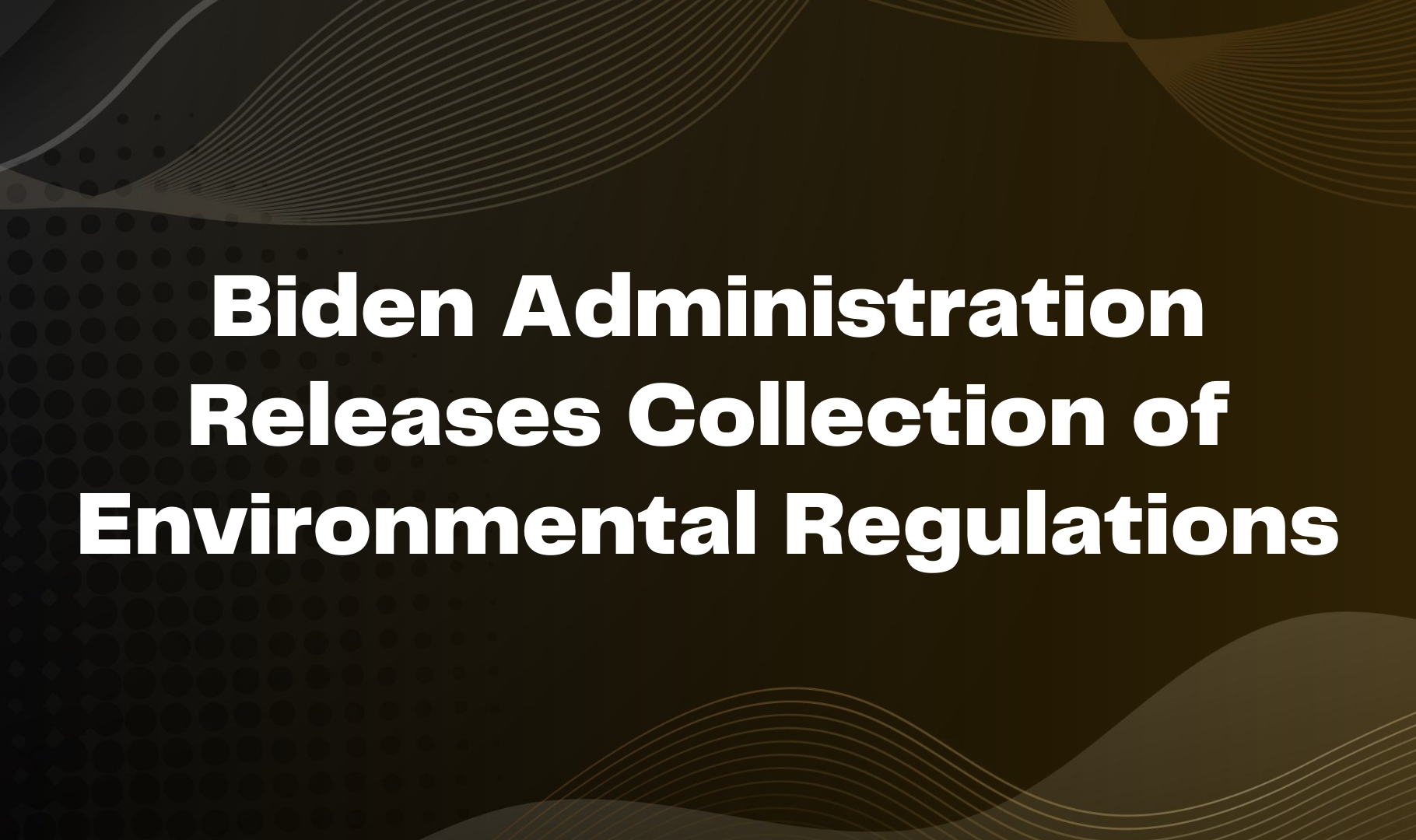April 29th, 2024
On April 25th, the U.S. Environmental Protection Agency (EPA), issued four final rules intended to curtail pollution from fossil fuel-fired power plants. These regulations, which are the culmination of EPA directives passed in the Clean Air Act, Clean Water Act, and Resource Conservation and Recovery Act, aim to address emissions and pollutants from the nation's power sector. The rules focus on various forms of pollution including air, water, and waste management.
Carbon Pollution Standards: These rules are designed to address carbon emissions from existing coal-fired power plants and new natural gas-fired power plants. Specifically, they require that all long-term operational coal plants and new baseload gas plants reduce carbon emissions by 90%.
This represents a substantial tightening of previous standards by mandating carbon capture and sequestration technologies to achieve these reductions.
The final rule, unlike the draft rule, does not include standards for existing natural gas plants.
Mercury and Air Toxics Standards (MATS): The updated MATS rules aim to significantly lower the emissions of hazardous air pollutants, including a 70% reduction in mercury emissions from lignite-fired units and a 67% reduction in toxic metal emissions from all coal-fired power plants.
These standards not only address air quality but also aim to reduce the public health risks associated with these emissions.
Wastewater Pollution Controls: The new rules set stringent standards for the discharge of pollutants into waterways from coal-fired power plants, with a targeted reduction of over 660 million pounds per year of pollutants.
These regulations focus on pollutants such as mercury, arsenic, and selenium, which can have severe environmental and health impacts.
Coal Ash Disposal Regulations: These regulations have been expanded to include previously unregulated or inactive coal ash disposal sites.
The new rules mandate the safe management and closure of coal ash impoundments, addressing concerns about groundwater contamination and environmental safety. This includes both active and inactive power plants, aiming to mitigate the long-term environmental risks associated with coal ash disposal.
How we see it:
The EPA claims these rules will not affect electricity reliability by leading to the closure of baseload generation capacity. However, these regulations impose new compliance costs on power plants and necessitate technological upgrades that could have implications for the bitcoin mining industry’s economic outlook and operational costs. The regulations will likely face various legal challenges potentially delaying their implementation.
Additionally, the Biden Administration has stated that carbon regulations for existing natural gas plants are forthcoming, creating additional uncertainty. In recent years, natural gas power plants have replaced the firm capacity lost with the retirement of coal power plants. Firm capacity is critical to the continued reliable operation of the grid. It's like having a reliable car that you know will always have enough gas to drive a certain distance whenever you need it. Just as you count on your car to perform, utilities count on firm capacity to consistently meet the demand for electricity, even during peak usage times.
The overall effectiveness and impact of these rules on both the environment and the power industry remain to be seen. As legal challenges and additional regulations are made available, we will provide continual coverage to ensure you stay up to date on these rules may impact the bitcoin mining industry.

